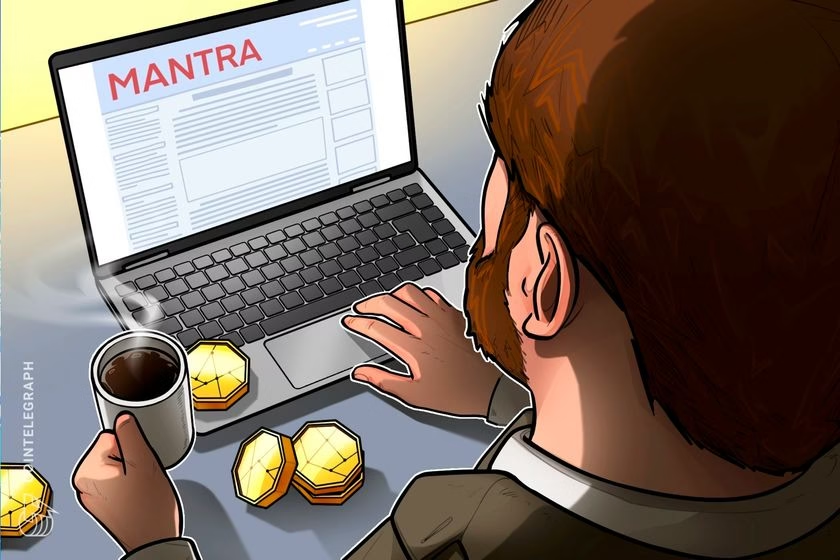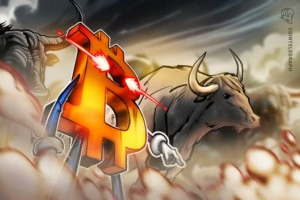In a recent Ask Me Anything (AMA) session, Mantra’s CEO, John Mullin, focused on the pressing needs of the community following the significant drop in the price of the Mantra (OM) token. During the discussion, which took place on April 14, Mullin emphasized that the recovery of the OM token is the company’s primary concern.
Mullin reassured stakeholders that the Mantra team is actively collaborating with partners to devise strategies for supporting the token’s recovery, stating, “We’re still in the early stages of putting together this plan for potential buyback of tokens.” The OM token was trading at $0.73, a slight rebound from its post-collapse low of $0.52 observed the previous day.
In light of the recent turbulence, Mullin categorically denied allegations that insiders had dumped their holdings before the crash. He labeled these claims as baseless, asserting that the Mantra team does not control 90% of the token’s supply. “We posted a community transparency report last week, and it shows all the different wallets,” he explained, stressing the transparency of the tokenomics.
Mullin also discussed the token distribution, noting, “The biggest holder of OM on exchanges is Binance.” Interestingly, it was revealed that the top wallet currently belongs to the crypto exchange OKX, which accounts for 14% of the circulating supply.
Another key point of discussion was the Mantra Ecosystem Fund (MEF), a significant initiative with a budget of $109 million developed in collaboration with major strategic investors. Mullin expressed optimism about the role of this fund in the recovery process: “We’ll continue to invest and support the ecosystem as part of this recovery plan.” He reassured that the fund comprises various dollar contributions and does not rely solely on the OM token.
Compounding the complexities of the OM token’s situation is the recent termination of a staking program on Binance. Mullin clarified that a substantial transaction of 38 million OM tokens from Binance’s cold wallet was related to this staking initiative. As the program concluded, the tokens were returned, which added to the market’s layering of sell pressure.
He also mentioned ongoing concerns regarding how certain transactions were perceived post-collapse. Mullin noted that many of the contentious sales were due to collateral positions taken by an unnamed exchange, which contributed to an unfortunate cascade of sell-offs and liquidations.
Mullin concluded with a strong commitment to transparency, stating, “We’re not running from anything,” and described the situation as a “very unfortunate event.” With dedicated efforts in place, the outlook for the OM token’s recovery remains cautious but proactive.



